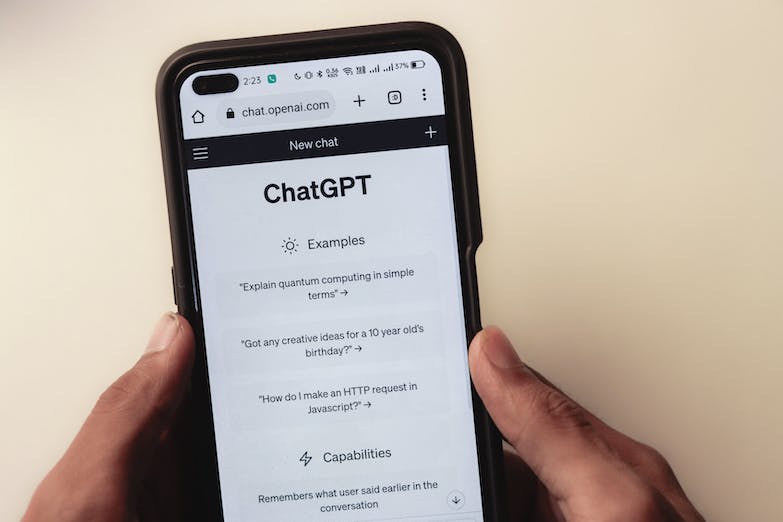Prompt Engineering for AI Training: A Comprehensive Guide
In the context of artificial intelligence, prompt engineering for AI training has become a crucial skill set. It’s a practice that involves crafting inputs that effectively guide an AI to produce the desired outputs. This guide will delve into the intricacies of prompt engineering, offering insights and strategies to harness its power effectively.
Understanding the Basics of Prompt Engineering
Prompt engineering is more than just providing commands to an AI system; it’s an art that requires understanding the AI’s language model and how different prompts can influence its behavior. A well-engineered prompt can significantly enhance the AI’s learning process, leading to more accurate and relevant outcomes.
Why Prompt Engineering is Essential
In training AI models, especially those based on machine learning and deep learning, the quality of the prompts given during the training phase dictates the effectiveness of the model. A good prompt can help the AI understand context, differentiate between similar concepts, and generate more precise responses or actions.
Strategies for Effective Prompt Engineering
Prompt engineering is not a one-size-fits-all; it requires a tailored approach depending on the AI’s purpose and the data it’s being trained on. Below are some strategies that can be employed:
- Contextual Relevance: Ensuring prompts are relevant to the task at hand is vital. Irrelevant prompts can lead to misdirection and confusion for the AI.
- Clarity and Precision: Prompts should be clear and unambiguous. Vagueness can result in a wide range of unwanted outputs.
- Incremental Complexity: Start with simple prompts and gradually introduce complexity as the AI model becomes more adept at handling them.
Case Studies: Successful Prompt Engineering
Reviewing case studies where prompt engineering has been successfully implemented can provide valuable insights. For instance, the use of precise prompts in language translation AI has drastically improved the quality of translations.
Tools and Techniques for Prompt Engineering
Several tools and techniques can aid in prompt engineering:
- Automated Prompt Generators: These can help create a variety of prompts to train the AI across different scenarios.
- Data Analysis: Analyzing the AI’s performance data to understand which prompts lead to better outcomes.
- Iterative Testing: Continually testing and refining prompts is key to improving AI training.
Challenges in Prompt Engineering for AI Training
Despite its importance, prompt engineering for AI training comes with its own set of challenges. One such challenge is the AI’s reliance on the quality of the prompts, which necessitates a high level of expertise from the engineer. Additionally, biases in prompts can lead to biased AI behavior, a critical issue in today’s AI ethics discussions.
Another challenge is keeping up with the rapid advancements in AI technology, which constantly changes the best practices in prompt engineering.
The Future of Prompt Engineering
As AI continues to advance, the role of prompt engineering will only grow in significance. It’s expected to become an even more specialized field, with dedicated professionals working to optimize AI training.
Investing in prompt engineering education and research is essential for any organization looking to leverage AI effectively. The potential for innovation in this area is vast, with implications across industries from healthcare to finance.
Ultimately, mastering prompt engineering for AI training is not just about improving AI performance; it’s about shaping the future of technology to better serve humanity.






